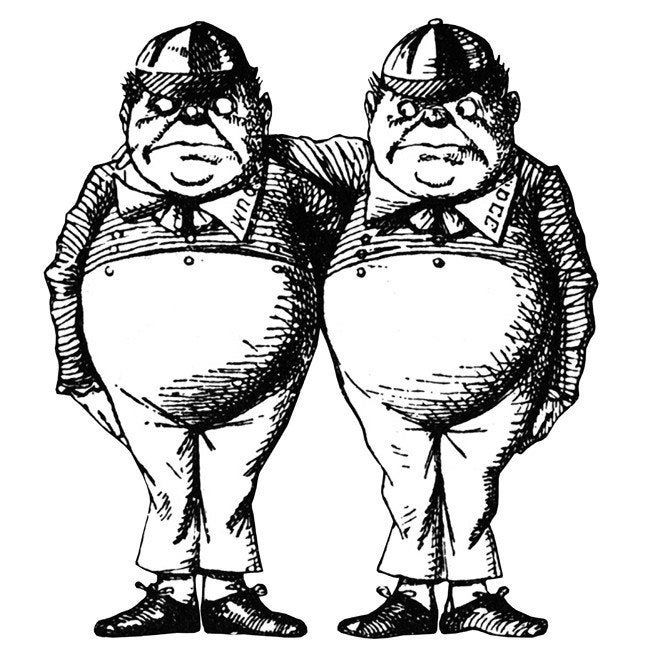Kodaly Method
Another thing I did recently for the Arts award was run a
workshop on the Kodaly method. This is a useful method of teaching young
children or people who can’t read sheet music. I also find it quite useful for
sight singing and other oral tests in exams. Here are some pictures of the
slides I used in my presentation.
 Here is my first slide it shows what the Kodaly Method is. The song Maria teaches the children in the sound of music is how much people remember the order of the notes (doe a deer etc.). The Kodaly Method then combines these with hand signs to help make the memory clearer. This works for all kinds of learners, kinetic learners learn by doing things (hand movements), Audio learners learn with sounds (words and pitches) and visual learners learn from seeing things (again hand movements) so this is quite an easy method to pick up.
Here is my first slide it shows what the Kodaly Method is. The song Maria teaches the children in the sound of music is how much people remember the order of the notes (doe a deer etc.). The Kodaly Method then combines these with hand signs to help make the memory clearer. This works for all kinds of learners, kinetic learners learn by doing things (hand movements), Audio learners learn with sounds (words and pitches) and visual learners learn from seeing things (again hand movements) so this is quite an easy method to pick up. This slide shows what you can do with this method. it shows a very simple nursery rhyme (Mary had a little lamb) which I taught the Workshop attendees and also a slightly more complex one, that I demonstrated, First in the Kodaly Method then using the correct words and expressions. I am doing my grade 3 in under a week and I keep practicing sight singing using this method because I know how well it works for me. I will have completed my grade 3 by the time you read this and will probably do another little update saying how I thought I did.
This slide shows what you can do with this method. it shows a very simple nursery rhyme (Mary had a little lamb) which I taught the Workshop attendees and also a slightly more complex one, that I demonstrated, First in the Kodaly Method then using the correct words and expressions. I am doing my grade 3 in under a week and I keep practicing sight singing using this method because I know how well it works for me. I will have completed my grade 3 by the time you read this and will probably do another little update saying how I thought I did.
This section of my blog is for the ‘Share my Skills’ section of the arts award. To complete my arts award I need to prove that: I take part in an arts activity; be inspired by an artist or arts organisation; experience an event and share my skills. Of course the final stage is to create a portfolio of it. For my portfolio I am writing this blog and I hope this is living up to all the things that I must do!
